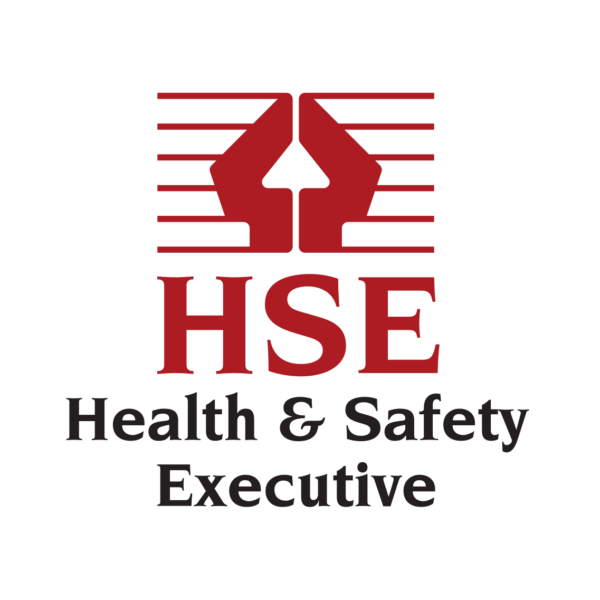Embarking on a new journey, Working on a Job Site, whether as a fresh starter or a recent joiner, often brings with it a host of queries and uncertainties. This article aims to shed light on some of the most frequently asked questions about the inner workings of a job site, ensuring you’re well-prepared for this new venture.
Key Safety Protocols on the Job Site
Understanding and adhering to safety protocols is crucial on a job site. Here are vital measures you should always keep in mind:
- Personal Protective Equipment (PPE): Essential PPE includes hard hats, safety glasses, and steel-toed boots. Never underestimate the protection they offer.
- Situational Awareness: Stay vigilant about potential dangers, such as overhead risks, moving vehicles, and the activities of fellow workers.
- Proper Lifting Techniques: Adopt these to prevent back injuries and ensure a safe work environment.
- Adherence to Safety Procedures: Follow all established safety and lockout/tagout procedures diligently.
- Reporting Hazards: Any unsafe conditions should be reported to your supervisor without delay.
Personal Protective Equipment (PPE) Requirements The specific PPE required can vary based on the nature of your job. Commonly needed items include hard hats, safety glasses, steel-toed boots, gloves, earplugs, dust masks, and respirators.
Working Hours and Days on the Job Site Typical working hours for job site employees are subject to variation depending on the employer and the project. Most often, you’ll find yourself working full-time, Monday to Friday.
Dress Code Standards While dress codes can differ based on the employer and the type of work, general requirements include wearing comfortable yet protective clothing such as long trousers, long-sleeved shirts, and sturdy footwear.
Required Training and Certifications for Job Sites
Many job sites have stringent requirements for specific training or certifications to ensure worker safety and compliance with industry standards. A prime example of this is in the construction sector, where workers typically need to hold a valid CSCS (Construction Skills Certification Scheme) card. This certification is a testament to the worker’s training and knowledge in construction safety and practices, ensuring they are well-equipped to handle the demands and hazards of the job.
Make sure you have the right qualifications and certificates by calling our team on 02393 071 852 or email us enquiries@htaa.co.uk
Supervision and Assistance on the Job Site Your immediate supervisor is your primary contact for reporting and inquiries on the job site. They are there to assist you with job-related or safety procedure queries.
Typical Tasks and Responsibilities Your specific role and employer dictate your tasks and responsibilities. Common duties include operating machinery, manual labour, construction and repair work, installing utilities, and maintaining the job site’s cleanliness and order.
Tool Requirements Your employer will usually provide necessary tools. In some cases, you might need to bring personal tools, such as hand or power tools. Clarification on this should be provided by your employer.
By diligently following these safety guidelines and procedures, you contribute significantly to maintaining a secure and efficient job site. Should you have any safety concerns or questions, your supervisor is always your best resource.
This guide is designed to ease your transition into working on a job site and to ensure that you do so with the utmost safety and awareness.





















